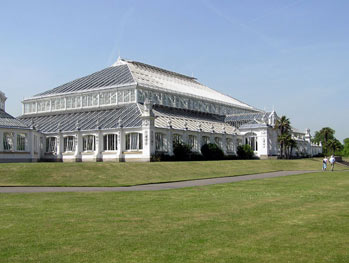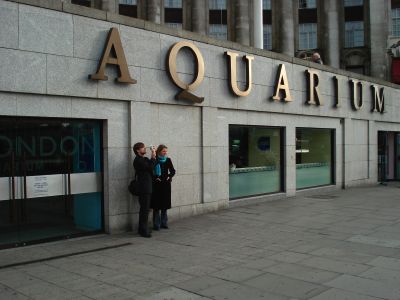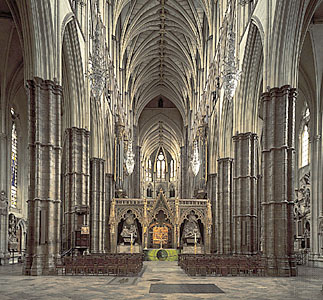
Built on the site of a Roman Temple to Diana, St. Paul's is an impressive part of the London skyline. It was built by Sir Christopher Wren in 1697, after the previous version had been destroyed in a the Great Fire of London. Wren submitted plans to demolish and rebuild that dilapidated structure only six days before the London fire destroyed it, but the commissioners refused to have the old Norman building pulled down. Even though St Paul's is big, the earlier, Norman Cathedral was even bigger and had the tallest church spire ever built. The stone was brought from Caen, France, by boat.
Wren, however, did create the domed masterpiece in place today, which took 35 years. Wren himself is buried in a crypt below the dome he built, alongside Lord Nelson. It's relatively stark inside the cathedral, however; it contains few monuments. It became a symbol of British resistance to Nazism during the blitz when it suffered no war damage, due to a team of vigilantes who defused every bomb that fell near it, at great personal risk. This probably explains why it feels a bit militaristic inside - more like the kind of glorification the Imperial War Museum is moving away from.
St. Paul's is linked by an impressive modern bridge to the South Bank's Tate Modern.
If you're thinking of planning a group trip to the area, consider booking a private coach. There are many coach hire services available in London and the UK to help with the task -- check out one such site: London coach hire.




















